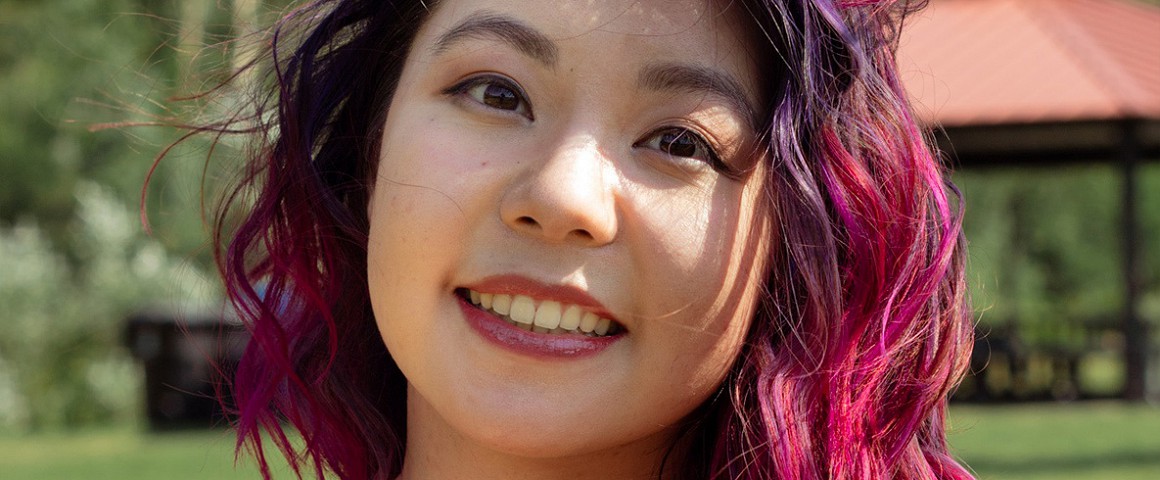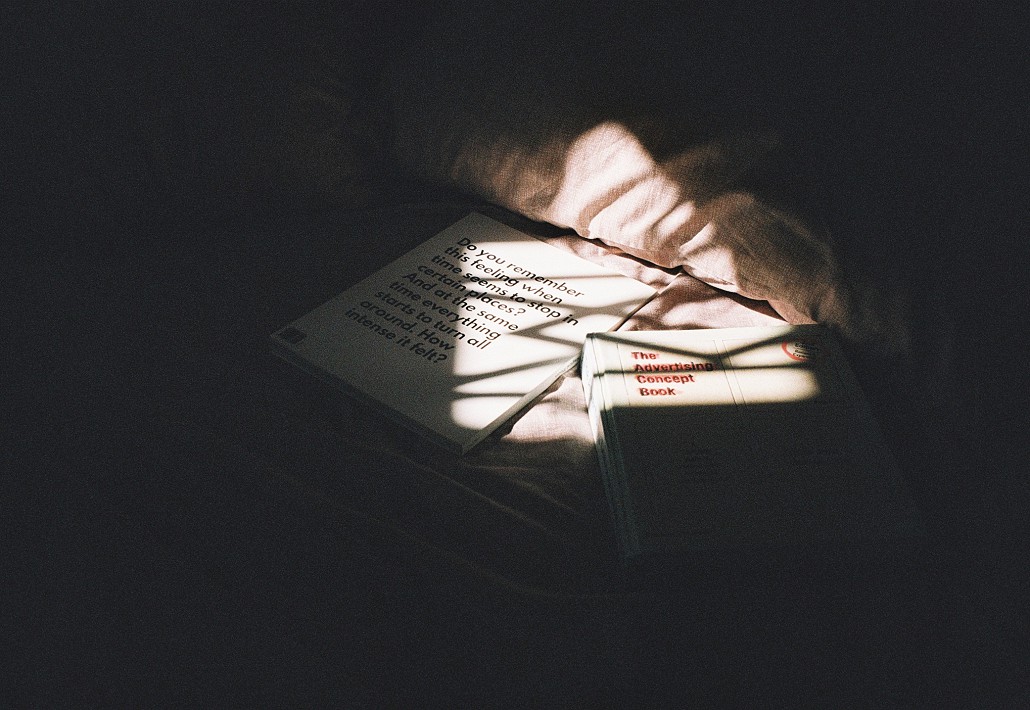
LUPIT pole
Jun 16 - less than 1 min read


Isabel is an advocate for women’s physical and mental health. Through these blog posts, she’ll be discussing how she has found pole dance intersects with body image, stress management, progress and recovery, and empowerment through representation. As you read through, she asks that you keep an open mind while taking any necessary time required afterwards to reflect on and understand why certain emotions may have been triggered.
Chapter #1 – The Intersection of Pole Dance and Body Image by Isabel Zhu (@alexbchrome)
Body image is never an easy topic to discuss – everyone has a different relationship with their body and we each go through this self-acceptance journey at a different pace. I’ve decided to organize this chapter chronologically, starting with my insecurities, temporary fixes, and ultimately what I’ve found works for me to combat negative thoughts surrounding my body image. I also touch upon the recognition of internal biases and actions to watch out for to help others along with their journey as well.
My Insecurities and Temporary Reassurances
I give these examples not to prompt insecurity, but to provide context on my body image journey, and what I’ve learned given my specific insecurities. Personally, I’ve been insecure about the distribution of fat on my body, resulting in my current body type. To temporarily boost my self-esteem (emphasis on temporarily), I’ve tried wearing high waisted leggings, triangular shorts, and skin coloured heels to elongate my legs. I’ve also attempted to “balance out” my proportions through the wearing of wigs, floor-length skirts and top-heavy clothing to cover up my upper arms. On top of all of that, most of my pole dance videos have been taken from ground level, angled upwards.
These intrusive thoughts were hard to fight because they’re based on the notion that there’s something wrong with the way my body is currently allowed to exist. I consider these attempts all temporary fixes because these solutions are based on a self that I cannot maintain all the time, depend on materialism, and sometimes just aren’t within my control. They are targeted to mask problems rather than digging deep down to the roots of my mindset. Other temporary fixes we may have seen include side by side pictures of models outlining the real difference made by lighting, a change of clothes, taken at different poses/postures. To accept that “nobody looks the way they do on social media, your body is beautiful, just embrace it!” doesn’t come easily – most times, words and the occasional “truth from an influencer” aren’t enough to stop the negativity.
While it’s great that the media has been trying harder to normalize “all bodies” through the representation and normalization of fat, folds, and scars on one’s body, I’ve found that the increased representation was still amongst pear and hourglass-shaped women. For some, self-acceptance through representation works very well, as it catalyzes confidence. As I first started my pole dance journey almost four years ago, I gravitated towards following social media accounts run by pole dancers with my body type (or at least as close as possible), seeking comfort from the familiar. With the diverse and inclusive pole community, I found temporary acceptance which helped me fight a lot of intrusive thoughts at the time. However, it was impossible to find someone with my exact body proportions. Relying on representation didn’t work out for me, I still felt left out. Women who are apple, triangle-shaped, or don’t even have a body type named after them, definitely aren’t as included in society’s normalization of “all bodies”. It was at this point I realized that I didn’t want the onus of my body image and confidence to be relied on representation, as it would probably not happen during this lifetime. Rather than waiting for that to happen, I’ve since changed my deeply rooted internalized views and mindsets, with the help of the pole dance community. The intersections between pole dance and body image have come to light for me in the following ways:
What We Can Do for Ourselves
Pole dance allows me to shift my focus and body goals towards strength, technique, and flexibility rather than the folds and scars on my body. I’m motivated by the small victories of getting a new trick, improving my non-dominant side, finding new flow pathways, and creating unique shapes. When learning from other pole dancers and instructors, I keep in mind that certain tricks will look slightly different depending on their body type. But more importantly, that difference also comes from the charisma, attitude, energy, and style in which a specific pole trick is performed. Members of the pole dance community have reminded me why my body is so amazing: it endures a lot mentally and physically, keeps me warm, works hard to keep me breathing, signals to me when I need anything, and ultimately allows me to do what I love. Knowing that my body is mine and unique reinforces that nobody can take that away from me.
It wasn’t until recently that I started to feel comfortable enough with my body to engage in other forms of movement and dance outside of the pole too! I didn’t know it at the time, but pole dance was a safe way for me to ease into being more in tune with my body because I was comfortable with the concept of strength exercises but not yet the aspect of flow. Over time, a more positive body image came together from the combination of circus arts, sensual pole, low-flow, and freestyling as well. Combatting body image has been made more enjoyable when I’m able to jam alongside music and focus on how my body feels. Now, I use exercise as a celebration of what my body can do, not a punishment to change how I currently look.
One of my biggest takeaways from the pole community is that I am so incredibly inspired by others. It doesn’t matter where they are on their pole journey or what they look like – just starting, or having decades of experience. What I love is that that they are their confident, unapologetic selves, who know their worth and stand up for the values they believe in. Even though the pole community only makes up a small fraction of the world and we can’t expect this type of positivity everywhere, this confidence definitely carries through to other areas of my life as well: Who am I trying to look good for? Why should I care what others think about my own body? Why would I let somebody else’s negative judgement of my body ruin my day?
It’s not on us to change what others think about our bodies. By focusing on what we can control such as our own thought patterns and actions, we stray away from living our lives according to other people’s insecurities and fears. The version of us that people create in their mind is not our responsibility to live up to.

What We Can Do for Others
To make the body positivity journey smoother for everyone and not just our own selves, it’s important to break negative cycles rather than perpetuate them. Specifically, the unsolicited congratulating of others’ apparent weight loss needs to stop. What may seem to be a compliment may actually be a perpetuation of our own insecurities onto someone else. It can be damaging, and to explain why: think about what we’d be assuming and encouraging: are they somehow better because they are thinner? Why does one’s appearance matter to the picture, video, or art they shared?
The same goes for the weight and/or body proportions of pole instructors, personal trainers, and other fitness professionals. They don’t need to look a certain way, and not just because their professionalism and expertise come from understanding your body, how to work with your needs, and how to accommodate for your goals safely. We can work together to put an end to biased and stereotypical views that a pole instructor’s body type reflects their health or fitness levels. Their worth should not be based on their weight nor body type, and neither should yours.
It’s Not an Overnight Change
It’s completely normal to have negative thoughts surrounding body image, and it’s never our fault! We have been conditioned to think this way from what we see in the media, and possibly our social circles as well. Personally, I’ve conditioned myself to shift my anger upwards, to feel anger rather than guilt/sadness, and this works for me because I’m reminded that we’re not alone in this fight. Entire industries are built upon women’s insecurities through this patriarchal institutionalized brainwash that we aren’t good enough and need to follow trends to feel good about ourselves. The reminder that I can’t let them win also helps with combating insecurities around body image!
My Current Solution
The solution that currently works for me is to recognize and make choices based on interest rather than shame, even though it’s still really difficult separating "what I think I want" versus "what I think societal beauty standards push for". All of those temporary fixes I listed at the beginning I still partake in. What’s changed is my intent – I’m happy to occasionally wear high waisted leggings, put on a wig, cover my arms, etc. The difference is that I don’t feel that those are required to feel beautiful. It comes down to my self-confidence and attitude driven by inner self-worth. It’s incredibly freeing when I get to choose without hesitation what I want to highlight about my body from day to day, even if that means showcasing a type of body distribution that isn’t idealized in the media.
Like most self-improvement practices, just reading about someone’s journey doesn’t alleviate our own cognitive dissonances. It requires effort on our own part to practice and understand ourselves well, and thus I hope that you can take the time to ask yourself, dig down, and find causes of potential body image insecurity to fight any intrusive thoughts. Wherever you are along your journey, you are amazing just for being on it. The path won’t be linear, there will be ups and downs, especially since self-awareness is a dual-edged sword. But I guarantee that with conscious effort, you’ll feel more empowered while working through your thoughts surrounding body image.